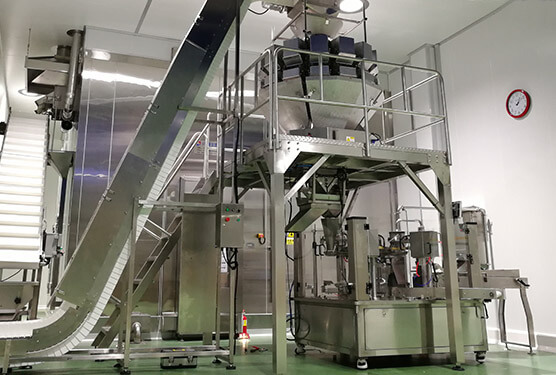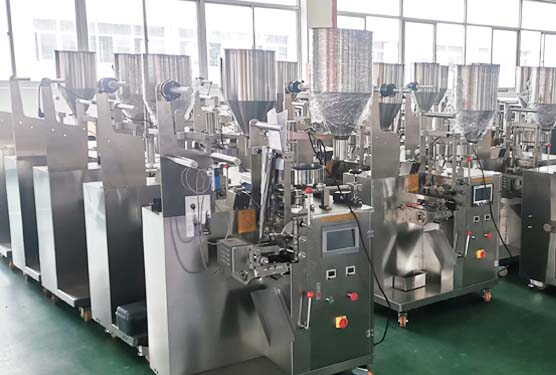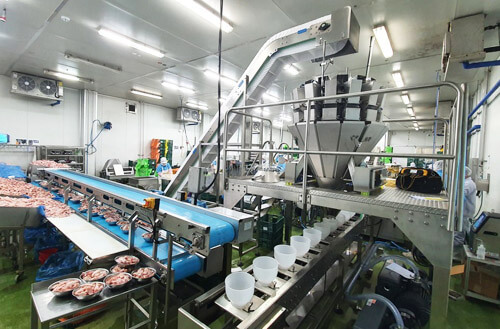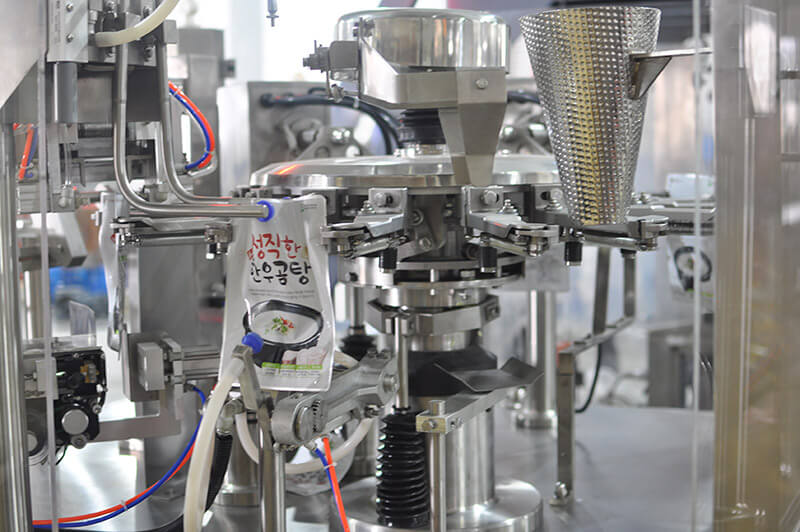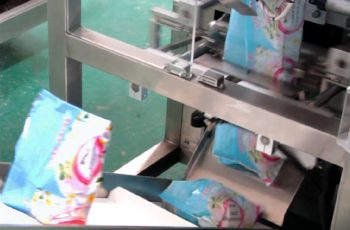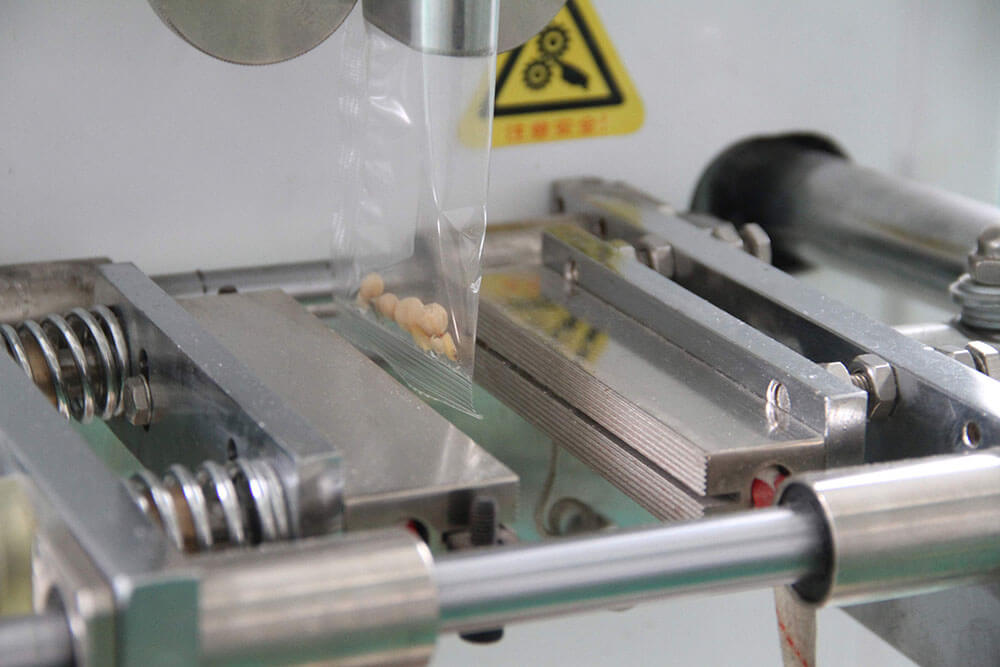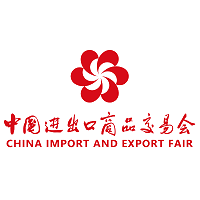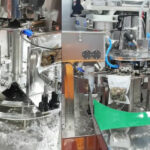Cold-seal packaging is a flexible packaging method that does not require heat during the packaging process and is therefore ideal for heat-sensitive products such as chocolate, protein bars, candy, etc. Because of this, the packaging process for cold-seal packaging has less impact on product quality. The film is usually made of two layers of film laminated together. Next, I will give you more detailed information about cold-seal packaging.
What is Cold Seal Packaging
Cold-sealed packaging is a flexible and simple packaging method. It consists of two separate layers of film that are bonded together by pressure without the need for heat. As you can see, this method of packaging is very simple.
The outer layer of film is printed with the product’s design, logo, etc., while the inner layer is affixed to the product.
It is widely used in many industries. For example, it is very popular in the pharmaceutical and food market.
Just like when you open a chocolate bar, you may find some residue. It may be the cold seal coating.

Cold Seal Adhesive
Cold-seal adhesive is a specialized adhesive that can be sealed by pressure, without heat. This is the most salient process in cold seal packaging, suitable for heat-sensitive materials. It is a water-based cohesive coating, a kind of self-seal adhesive. The adhesive is normally applied wet to the material by a revolving gravure cylinder, immediately dried in an oven, and then reeled up at the end of the press.
The adhesive is usually applied in a distinct pattern. Cold seal adhesive has the characteristic of low foaming. It also has a strong bond with a long shelf life in both the wet and dry film states.
The Working Process of Cold Seal Packaging
- Prepare the packaging materials, then feed them into the packaging machine.
- Put the products on the machine.
- The packaging machine applies pressure to the packaging, activating the adhesive and causing it to bond without the need for heat.
- The sealed packages are then cut to the desired size.

Advantages of Cold Seal Packaging
Quick and Easy
Since no heat is required, there is no pause when sealing. And because the sealing machine does not need to cool down and reheat, the change-overs are quick. The machine only needs to apply pressure to make the package sealed. Fast and easy, it is 10 times faster than the heat seal packaging.
Can Run on your Heat-Seal Packaging Line
Turn off the heat, and your cold seal packaging can be run on your existing heat seal packaging line. A machine is not a problem. Sounds tempting for former heat seal packaging producers who want to make cold seal packaging now.
Excellent Cutting Performance
Cold seal packaging has very clean and smooth cutting edges, avoiding jagged or irregular edges. Enables precise control over packaging dimensions. And it has better cutting performance compared to the heat seal packaging.
Product Quality Protection
By avoiding the heat sealing process, cold-sealed packaging reduces the impact of heat on product quality, especially for heat-sensitive products. It also avoids the risk of product leakage caused by damage to the packaging due to heat. Cold-sealed packaging is particularly important for sensitive products such as food and medicine because of its strong sealing properties. This ensures sterility of medical devices.
Energy-saving and Environmentally Friendly
Cold seal packages can be recycled. Cardboard and 100% post-consumer recycled plastics are commonly used in cold-seal packaging. And it doesn’t need high temperature to seal, saving a lot of energy. There would be no emissions for toxic gases and waste water. As I spoke earlier, the cold seal adhesive is water based and free of solvent. It has less impact on the environment.
Wide Operating Temperature Range
Cold seal packaging has a wide operating temperature range. It can be operated at low temperatures, making it suitable for products that require low-temperature processing or storage, such as certain foods and pharmaceuticals.
Cold seal packaging materials can remain stable in high-temperature environments without deforming or degrading. This makes it suitable for products that need to be stored or transported in high-temperature conditions.
Application of Cold Seal Packaging
Cold seal packaging has many features. The most conspicuous one is the sealing process is no heat required. Very suitable for heat-sensitive products. It has strong sealing properties that can offer consistent seal strengths. And it is non-allergenic, suitable for products with high requirements. In addition, the production of cold seal packages are quick. A good news to Various retail products. And it can be used for packaging both low- and high-temperature products.
| Industries | Products | Packaging Features |
| Food | chocolate, protein bars, confectionery, granola, cereal, frozen food, granola bars, cereal bars, frozen ice cream, cereal | strong sealing properties, non-heat sealing, high-speed production |
| Pharmaceutical | medication, for example,medication blister pill cards. medical devices, biologics, vaccines, bandages | non-allergenic, superior sealability, it ensures sterility of products, can be adapted to different temperatures |
| Industrial and Electronic | electronic components, precision equipment, mechanical parts, tools | superior sealability, excellent dust, moisture, and static protection |
| Cosmetics and Personal Care | skincare and cosmetic products, wet wipes, disposable gloves | Non-heat sealing avoids the degradation of products by heat sealing, strong sealing properties |
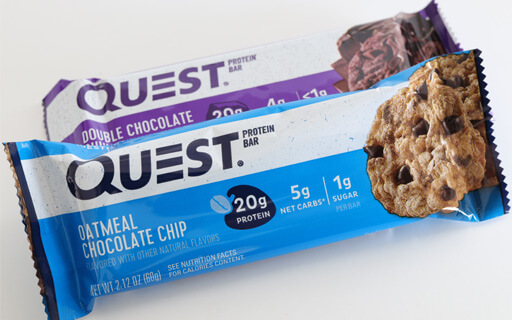
Cold Seal Packaging Materials
Cohesive Single Face Corrugated
It consists of a layer of fluted (wavy) paper attached to a flat liner. This structure offers excellent cushioning and strength, as well as superior edge protection.
It has a secure cohesive seal for your product’s protection and may be opened easily with the addition of a tear strip or perforation.
Cohesive Linerboard
It is made from high-strength kraft paper or recycled paper. It’s an extra heavy-duty paper. It provides excellent strength and protection. Suitable for packaging heavy and sharp items.
Cohesive Paper
Cohesive paper is a type of packaging material that features a paper substrate coated with a cohesive adhesive. Made from kraft paper or recycled paper, sturdy and flexible.Protecting the product from dirt and dust.
Cohesive Film
Cohesive film provides a lightweight and flexible wrapping material. It is made from polyethylene (PE), polypropylene (PP), or other high-strength polymers, providing excellent physical properties. It provides excellent protection against water and has good tear resistance.
Returnable Cohesive Package
A returnable cohesive package is a type of packaging designed to be reused multiple times for shipping and returns. Often use high-strength polymer films or corrugated materials that offer durability and protection. This packaging solution is particularly beneficial for e-commerce and retail businesses that handle a high volume of returns. Perforated packaging for easy opening. Built-in resealable tape for returnability.
Cohesive Bubble & Foam
Cohesive bubble is made from polyethylene (PE) with air-filled bubbles that provide effective cushioning and protection for packaged items. Cohesive foam is a flexible and lightweight material, made from polyethylene (PE) or polyurethane (PU), providing a soft, cushioned protection. Very suitable for fragile or sensitive items.
Cold Seal Differences with Heat Seal
Obviously, the sealing process of cold sealing does not require heat. It seals by applying pressure to the cold seal adhesive. Heat sealing, on the other hand, uses heat and therefore does not require special pressure-sensitive adhesives.
In terms of production speed, cold seal packaging is much faster than that of heat seal packaging as it does not require heat sealing. And it is highly cost-effective. Also, there will be less damage to the product compared to heat sealing.
Heat-seal packaging has a better seal and is more secure. Also it is more durable.
Conclusion
Cold seal packaging is a fast and safe solution for a variety of sensitive products, and is especially good for heat-sensitive products. It is very popular in the pharmaceutical and retail industries. There are also many different materials, so you can choose according to my introduction above and combine it with your own needs.

